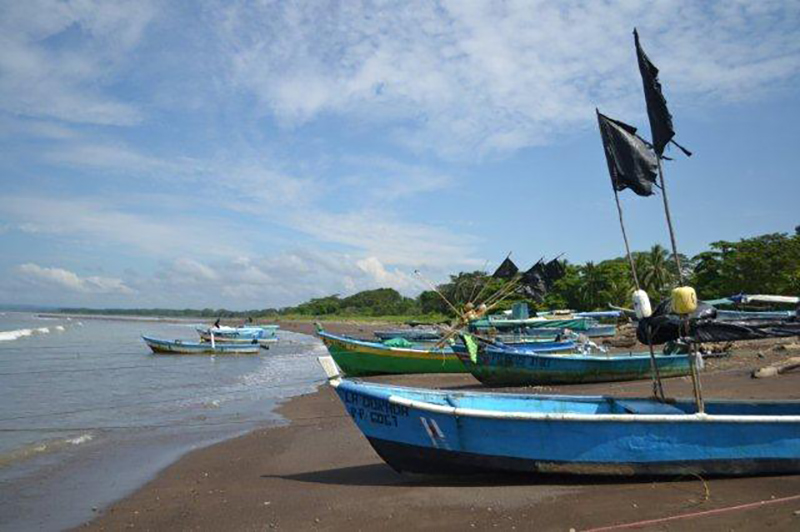Information on conservation and better farming methods is being disseminated through Music, Dance and Drama.
Our philosophy is that music speaks to to Soul and in doing so, attitude change will be achieved.
1. Tree Academy Groups are in place to do practice and carry out music, dance and drama competitions on conservation.
2. Access to relevant information on the cultural history of the area.
3. Availability of Music, dance and drama equipment and costumes.
1. Drama and the performing arts allow an avenue to develop cognitive abilities that complement study in other disciplines. For example, drama students learn to approach situations in an array of different manners which can help to develop creative thinking and new study techniques. Further, it builds confidence which benefits public speaking opportunities.
2. Communication between peers is accelerated as students are exposed to group activities. This experience also provides opportunity for students to display cultural leadership qualities.
3. Students gain important life skills as they learn the value of critical feedback, both positive and constructive.
4. Children have the opportunity to celebrate the richness and depth of human expression in all of its forms. Through creative expression students learn to comprehend our world better and are therefore better equipped to navigate the challenges they might be faced
5. The Arts can also be a source of solitude – a place where a child is able to shut out its surrounding and immerse itself in a creative environment.
